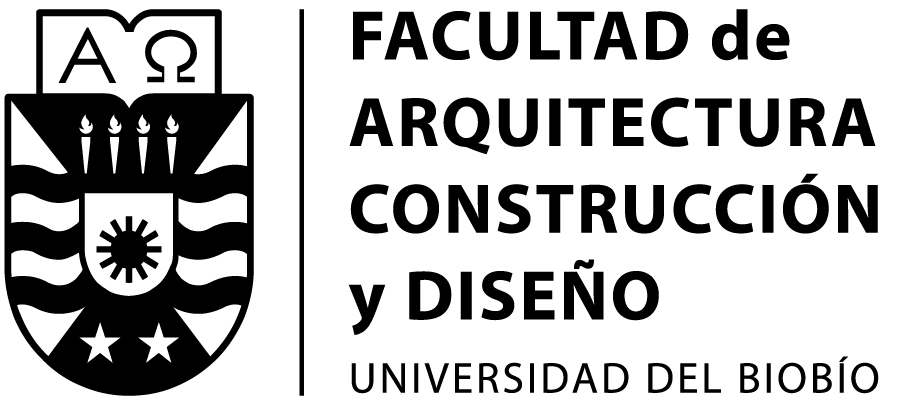El Plan Director de La Vega Baja de Toledo, España: Paisaje patrimonial, ecológico y urbano
Palabras clave:
arqueología, itinerarios, jardines, medio ambiente, paisaje urbanoResumen
La Vega Baja de Toledo constituye un gran vacío urbano que, por avatares históricos, se ha mantenido al margen del crecimiento de la ciudad, rodeada por el casco histórico de Toledo, los barrios del ensanche norte y el río Tajo. Su localización privilegiada, junto a la riqueza patrimonial y ecológica del espacio, han sido las bases de la propuesta del Plan Director de la Vega Baja (PDVB).
El objetivo del PDVB ha sido articular este vacío y abrirlo a la población, a la vez que proteger y regenerar sus valores ecológicos y culturales. Para ello ha sido necesario integrar distintos elementos: la fachada urbana de Toledo, el río Tajo con su vegetación de ribera y sus bienes patrimoniales que testimonian la sucesión de aprovechamientos históricos, y como cuerpo central del ámbito, el yacimiento arqueológico de lo que puede ser una gran ciudad visigoda.
El planteamiento general del PDVB ha sido tratar el espacio como un continuo abierto, una sucesión de paisajes con su propio carácter, que alberguen distintos usos y funciones: Desde el jardín clásico que rodearía al circo romano, llegando hasta el río, con una vegetación, mobiliario y recorridos acordes con las ruinas existentes; pasando por el jardín patrimonial del yacimiento, para el que se proponen plantaciones e itinerarios efímeros que cambien a la par que avanzan las excavaciones; hasta el paisaje más puramente agrícola del vivero o paisaje de ribera, de gran valor ecológico en relación con la fauna aviar.
Descargas
Descargas
Publicado
Cómo citar
Número
Sección
Licencia
El contenido de los artículos y reseñas que se publican en cada número de Urbano, es responsabilidad exclusiva de los autores y no representan necesariamente el pensamiento ni comprometen la opinión de la Universidad del Bío-Bío.
Las/os autoras/es conservarán sus derechos de autor, sin embargo, garantizarán a la revista el derecho de primera publicación y difusión de su obra. La publicación del artículo en Urbano estará sujeta a la Licencia de Reconocimiento de Creative Commons CC BY-SA que permite a otros compartir-copiar, transformar o crear nuevo material a partir de esta obra para cualquier propósito, incluso comercialmente, siempre y cuando se reconozcan la autoría y la primera publicación en esta revista, y sus nuevas creaciones estén bajo una licencia con los mismos términos.![]()























